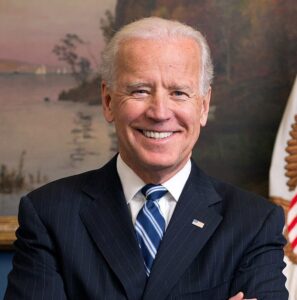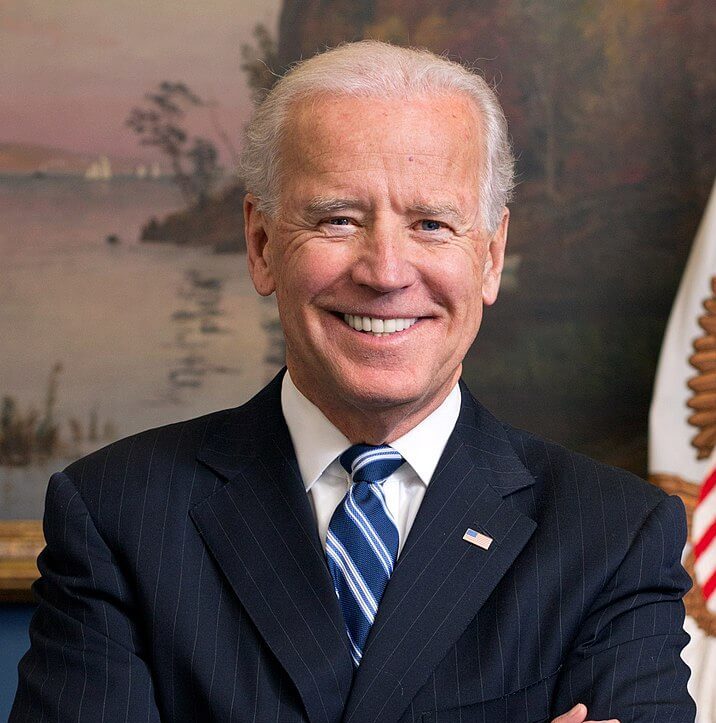 The COVID-19 pandemic has done something that seemed impossible a few months ago—pushed the 2020 presidential election into the background.
The COVID-19 pandemic has done something that seemed impossible a few months ago—pushed the 2020 presidential election into the background.
Still, voters in November will decide between another four years of President Donald Trump and former Vice President Joe Biden. If Biden wins and the Senate shifts back into the hands of the Democrats, the health care industry could face significant changes based on policy proposals from the former VP. Biden recently released a joint health care plan with Senator Bernie Sanders and other prominent Democrats.
The policy recommendations are part of a larger platform released by the Democrats heading into the DNC Convention in August and the election in November. Health Evolution examined the 110-page plan and the following takeaways for health care CEOs to consider.
Tell us: What are your thoughts on the proposals? Send us an email.
1. Public option is at the forefront
Biden’s administration would add a public option to the Affordable Care Act. According to the proposal, “Private insurers need real competition to ensure they have incentive to provide affordable, quality coverage to every American.”
The public option plan, which was part of the original ACA policy before getting removed from the final bill, would include one plan choice without deductibles, be administered by the traditional Medicare program and not private companies, and cover all primary care without any copayments and control costs for other treatments through negotiated prices with hospitals. Low-income people who don’t qualify for Medicaid would be automatically enrolled in the public option.
2. Drug pricing: Pharma companies in the crosshairs
The health insurance industry isn’t the only one that may get targeted by a Democratic administration. The Biden-Sanders plan takes aim at the pharmaceutical industry for the high price of prescription drugs. According to one analysis, inflation-adjusted retail prescription drug spending in the U.S. increased from $90 in 1960 to $1,025 in 2017.
Biden’s plan will “empower Medicare to at last be able to negotiate prescription drug prices for all public and private purchasers.” It will also cap out out-of-pocket drug costs for seniors and crack down on “anti-competitive efforts” from pharmaceutical companies to manipulate the “patent system or collude on prices” such as pay for delay, which sees drugmakers compensating generic counterparts to hold off marketing their version of brand-name drug. It would also use antitrust authority to challenge mergers that lessen generic competition
The proposal would also limit cost inflation for all brand name drugs and abusively priced generics to the consumer price inflation rate. The proposals outlined by Biden and Sanders are similar to a bill the House Democrats passed in 2019.
3. COVID-19 response: Testing, tracing and expanding insurance
One part of the Biden group’s COVID-19 response proposal ties in with the aforementioned public option health insurance without a deductible plan, as part of an overall effort to increase coverage during the pandemic. The proposal also states that the federal government pick up the tab for COBRA insurance, which keeps patients enrolled in their employer-sponsored plan. They also say they will provide support to states to increase Medicaid expansion efforts during the pandemic and reestablish the White House Pandemic Response Unit.
The other half of the COVID-19 proposal from Biden is centered on testing and funding for contact tracing. They say that testing programs should be expanded to vulnerable populations, including the homeless and those living in long-term care facilities. “Only through testing, tracing and targeted quarantining can we hope to fully understand the scope of the pandemic, contain it, and stop it,” the proposal states. The plan includes the hiring of 100,000 contact tracers.
4. Public health and health disparities
Public health investment is a big priority within the Biden proposal. The investments aren’t just focused around COVID-19 containment, but also include a major investment into state health departments on responding to future crises. Specifically, they’re aiming to hire at least 100,000 workers into the public health system and increase funding of the public health system to $50/person/year. Biden also plans to rejoin the World Health Organization if elected.
They also outline a number of proposals around the opioid and gun violence problems, as well as expanding access to mental health services. In particular, it aims to eliminate barriers to mental health treatment in federally qualified health centers and in primary care practices and reduce current barriers to receipt of medication assisted therapy.
Another part of the public health effort outlined in this proposal will be to tackle health disparities. The policy will “ensure federal data collection and analysis is adequately funded and designed to allow for disaggregation by race, gender, geography, disability status, and other important variables.” It also outlined actions to address the health inequities for women, the LGBTQ+ community, Native Americans, those in long-term facilities and other vulnerable populations.
5. Health care workforce: More people needed
A major effort in this proposal is to revitalize the health care workforce. “Although health care jobs are among the fastest-growing in the economy, demand for services still far outstrips supply, especially in primary care,” according to the plan. The proposal outlines the creation of the “Office of Primary Care” within the Agency for Health Care Research and Quality, to increase support to the Health Resources and Services Administration’s Bureau of Primary Care, and “set forth national goals to increase access to high-quality primary health care,” particularly in vulnerable and low-income areas. They also propose to increase funding for the National Health Service Corps.
Other areas of the health care workforce addressed within the proposal: increase the current home care workforce by at least 600,000 at positions that pay at least $30,000 annually and offer benefits; double the community health workforce through expanded training and credentialing; and expand programs that aim to increase the diversity of the health care workforce.











